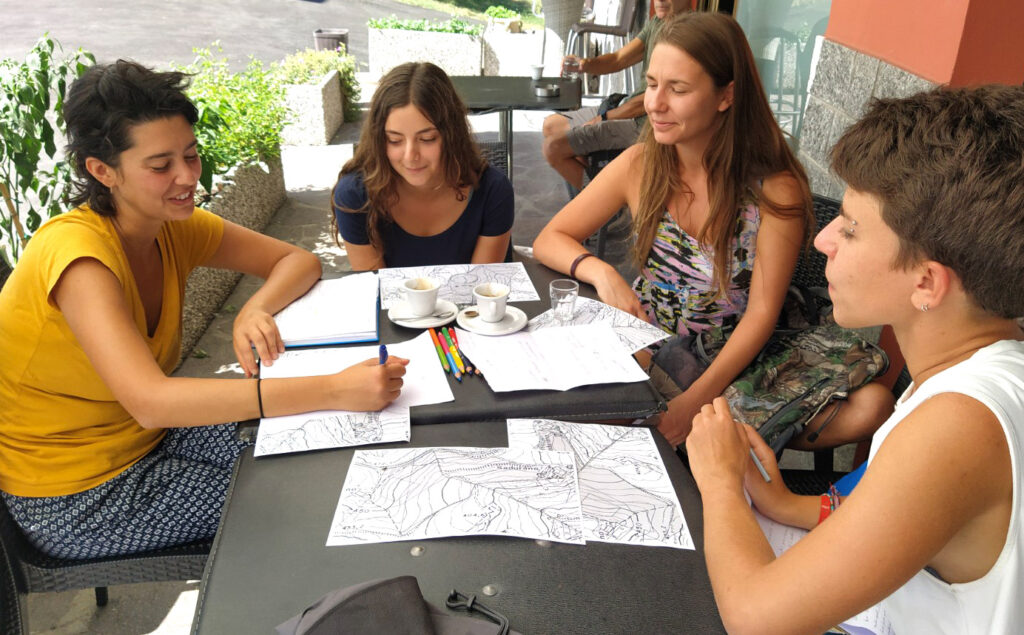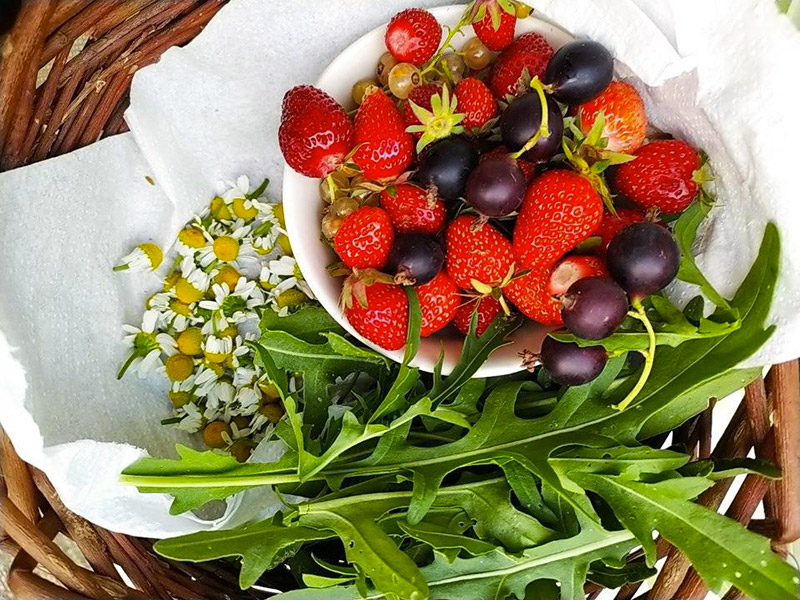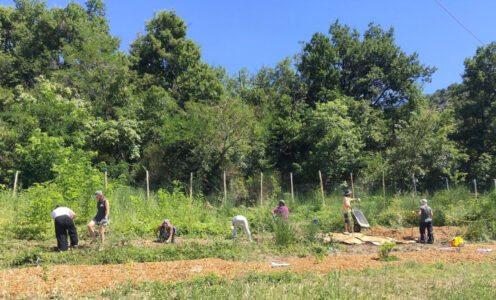Applied ecology

Living in harmony and with respect for the ecosystem and the Earth is not only a contribution to future generations; it is also a strong factor in generating gratitude and happiness in the present. At Pardesa we endeavor to understand the natural world of which we are part and to put into practice resilient and sustainable systems for the production of food, the management of resources and waste, and to leave the soil more fertile than how we found it.
Our commitment is expressed in the agricultural design and methods we employ in the field, as well as by creating educational and experiential opportunities in order to share and disseminate them to a wider public. We hope to contribute by demonstrating a model of ecological sustainability that can be reproduced elsewhere in the region and beyond.
Permaculture design

Permaculture is not an agricultural technique but a way of designing resilient and productive systems, putting their various elements in relation to one another. The elements of a practice center are many: the soil and the land, the sun and the rain, the surrounding nature, buildings and spaces, plant and animal species and also the people who live and inhabit the center. Our aspirations and intentions are also elements of the system, as are our time and energy.
Thanks also to the input of experienced permaculture educators, our center is growing and we all are enjoying its fruit.
Food forest and regenerative agriculture

The transformation of an abandoned, compacted field into a rich and fertile “food forest” is already underway, thanks to the collaboration between fruit trees, bushes, medicinal herbs and flowers, together with earthworms, birds and the many soil microorganisms. The greater a system’s biodiversity, the greater its ability to respond to climatic conditions and to ecological imbalance without resorting to pesticides and other products that are harmful to the ecosystem.
We’re observing how our mindful action can support the land’s process of healing and at the same time nourish us with food and beauty.
Composting

We’re doing everything possible to add and restore organic material to the soil. Kitchen scraps, cuttings from the field, and our own waste can return to the Earth and restore fertility to the land and to life. The various methods we employ vary according to time, heat, bacteria, form and end product, allowing us to participate in recycling resources and return nourishment to the Earth.
In a short time, even manure can become strawberries.
Vegetable garden for our own consumption

The land dedicated to the vegetable garden produces annual and perennial vegetables that we integrate into the meals we eat during events. We’re experimenting with different types of garden design and gardening techniques in order to observe and understand more deeply the soil and its ability to generate and sustain life. The different activities, including maintenance, sowing and harvesting, are part of daily life at Pardesa.
The garden also offers a habitat for many species in the ecosystem and also represents a harmonious and pleasant space for human beings.
Rainwater collection and greywater pond

Water is become more and more a precious resource. At Pardesa we’re constructing and improving a water catchment and management system that includes the collection of rainwater and condensation, increase the land’s ability to absorb and distribute water, and combating erosion.
A greywater pond for purifying wastewater and recycling it for irrigation is currently in the design phase.

